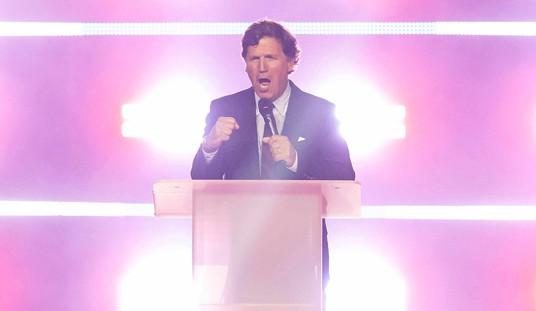I asked the same question in an update to Erika’s post on Barack Obama’s unilateral move to accommodate young illegal immigrants by refusing to deport them and issue them temporary work permits instead. With potentially as many as 800,000 new workers flooding into the system, what happens to the millions of Americans who can’t find work now? The Washington Post wonders the same thing, and more:
President Obama has just opened a floodgate of opportunity for young illegal immigrants in the United States, but could it squeeze the aspirations of legal Americans in the process? …
Under the new policy, as many as 1.4 million undocumented immigrants under age 30 will be able to apply for the amnesty, allowing them to work and attend college legally. To be eligible, they must have been in the United States for five years, have no criminal record, and attend high school or college or be a military veteran.
The policy does not provide permanent legal residency, but it protects those who qualify from being deported and gives them a chance to renew their new status every two years. It also does not grant any public benefits, such as Medicare and Medicaid. Federal law already grants all undocumented immigrants the right to a public-school education and emergency hospital care.
The new policy could entail additional costs for administration and enforcement, however, and put pressure on state systems of higher education to meet growing demand for slots.
A move like this might have made sense in 2005-6, when the civilian participation rate in the workforce was near its all-time high (around 66.2% at that time), with unemployment in the 5% range, and labor so tight that hourly wages on entry level positions were constantly rising. American businesses would have welcomed a larger pool of legal workers and the competition wouldn’t have put others out of work or forced them to work for significantly less money. People would have opposed it for other reasons, but economically speaking, it wouldn’t have had a tremendously negative impact, at least not in the short term.
But now? We’re not creating enough jobs to keep up with population growth as it is. With this new policy in place, Obama will introduce hundreds of thousands of suddenly-eligible workers into an economy with an 8.2% nominal unemployment rate, a 14.8% U-6 un/underemployed rate, with a civilian participation rate that has plummeted from 65.7% at the start of the Obama recovery in June 2009 (the same as it was when he took office, too) to 63.8%, lower than it was when Reagan faced his first midterm election. Those who are already struggling to find jobs are not only going to face more competition for those slots, the glut of labor will depress entry-level wages even further.
Don’t make the mistake of dismissing the short-term benefits of this move for Barack Obama. When a chief executive “takes the bull by the horns” and acts in a strong manner, he will usually get rewarded with a bump upward in approval and support. Americans like to see leaders lead, which is the reason incumbent Presidents have such an advantage in re-election efforts. It’s also no secret that the Latino community had grown angry with the increased rate of deportations in the Obama administration, and this will heal a breach that Obama can’t afford in November. But this has a large potential for backfire — and if jobs reports this summer continue the downward trend we’ve been seeing this year, those 23 million Americans who already feel locked out of the economy will be asking the same question the Post does this morning.








Join the conversation as a VIP Member